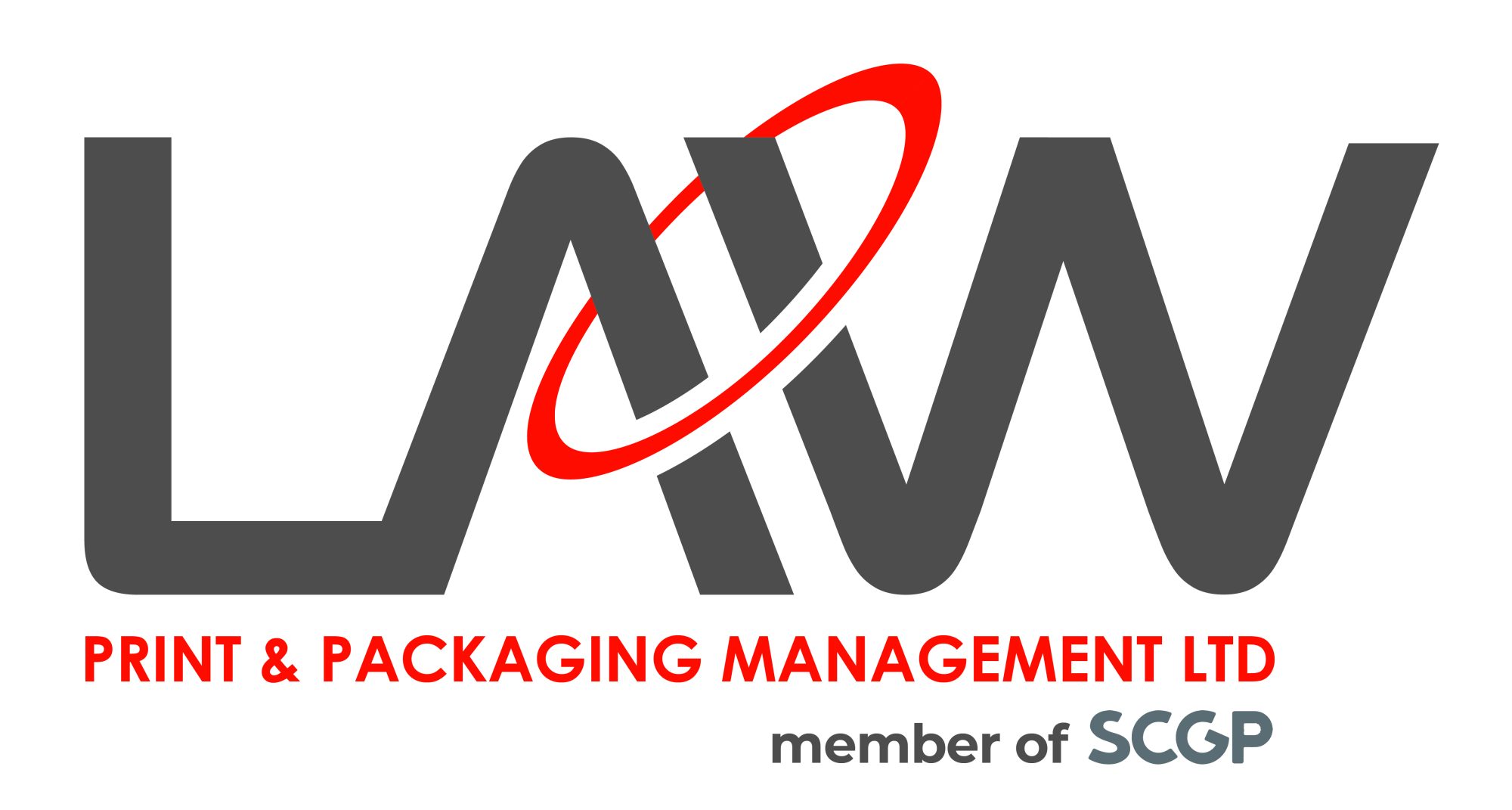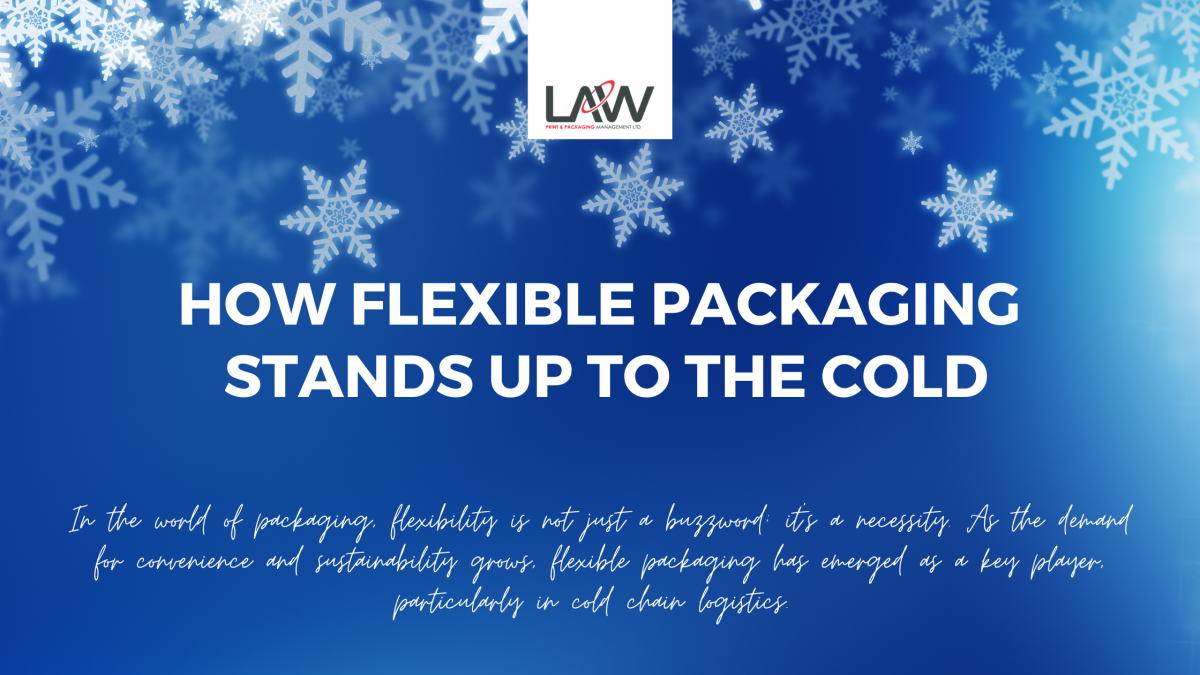In the world of packaging, flexibility is not just a buzzword; it’s a necessity. As the demand for convenience and sustainability grows, flexible packaging has emerged as a key player, particularly in cold chain logistics.
But what exactly makes flexible packaging so effective in cold environments? Let’s dive into the benefits and characteristics that allow flexible packaging to excel in the cold.
Understanding Flexible Packaging
Flexible packaging refers to a variety of packaging types made from materials that can be easily shaped or bent. This includes pouches, bags, wraps, and films made from plastics, paper, and other materials. Unlike rigid packaging, flexible packaging is lightweight and can be designed to fit various products, making it particularly suitable for a range of applications—from food and beverages to pharmaceuticals.
Key Advantages of Flexible Packaging in Cold Environments
1. Insulation Properties
Flexible packaging can be engineered to provide excellent insulation, which is crucial for maintaining temperature-sensitive products. Multi-layer films can include materials that offer thermal resistance, keeping products colder for longer periods. This is especially important in the food industry, where maintaining freshness is key to reducing waste.
2. Barrier Protection
Flexible packaging often includes barrier layers that protect against moisture, oxygen, and light. These barriers help preserve the quality of products that are sensitive to temperature changes. For example, frozen foods stored in flexible pouches benefit from reduced frost and freezer burn, extending their shelf life and maintaining taste and texture.
3. Lightweight and Space-Efficient
One of the standout features of flexible packaging is its lightweight nature. This not only reduces transportation costs but also allows for more efficient storage. In cold chain logistics, where space is often limited, flexible packaging can maximise storage capacity without compromising product integrity.
4. Sealing and Protection
Flexible packaging often employs advanced sealing technologies, ensuring that products remain hermetically sealed against contaminants and air exposure. This is crucial for cold chain items, as any breach in packaging can lead to temperature fluctuations and spoilage. Proper sealing also helps maintain product integrity during transport and storage.
5. Customisation and Versatility
Flexible packaging can be tailored to fit specific product requirements. Whether it’s a stand-up pouch for frozen fruits or a vacuum-sealed bag for meat, the customisation options are virtually limitless. This adaptability makes it easier for businesses to provide solutions that meet the needs of their cold chain logistics.
Sustainable Considerations
As the industry shifts towards sustainability, flexible packaging is rising to the challenge. Many manufacturers are exploring biodegradable materials and recyclable options. This is particularly relevant in the context of cold chain logistics, where environmental impact is becoming a focal point for consumers and businesses alike.
1. Reduced Waste
Flexible packaging often results in less material waste compared to traditional rigid packaging. Because it can be tailored to the product size, it minimises excess material and reduces landfill impact.
2. Recyclable Options
Innovations in flexible materials are leading to the development of recyclable and compostable packaging solutions. Companies committed to sustainability can now choose packaging that aligns with their eco-friendly goals while still maintaining the necessary performance in cold conditions.
Flexible packaging has proven itself as a reliable and efficient solution for cold chain applications. Its insulation properties, barrier protection, lightweight design, and customisation capabilities make it an ideal choice for businesses looking to maintain product quality while also considering sustainability. As the demand for flexible packaging continues to grow, it’s clear that it stands up to the cold, providing effective solutions for both consumers and businesses alike.
As we look ahead, the innovations in flexible packaging are sure to expand, further enhancing its role in the cold chain and beyond.
If your brand wants to invest in quality packaging, we will guide you through the entire print process. In addition, we are providing recommendations along the way to improve efficiency, reduce costs and add untold value to the end product.
Contact us on +44 (0) 161 440 7302 or follow this link to complete our contact form – or, we’ll see you there!


